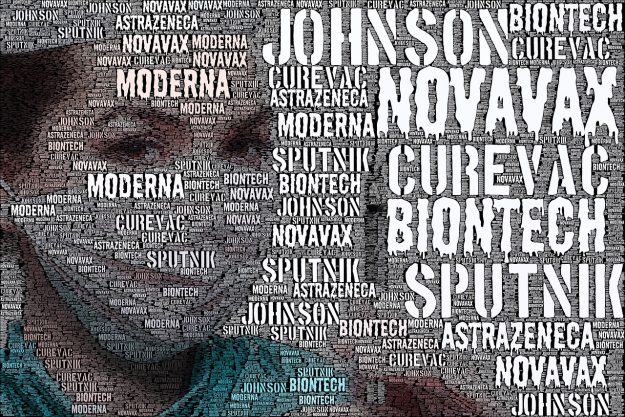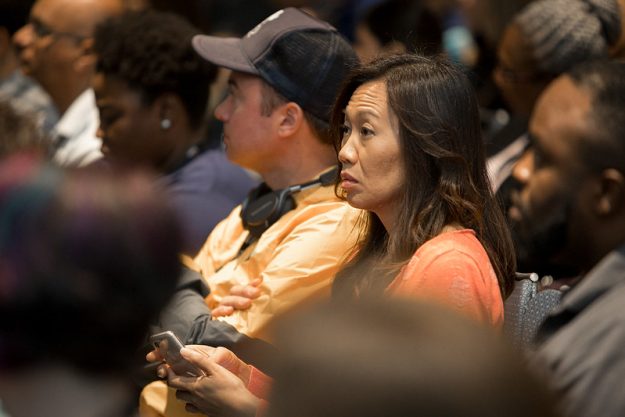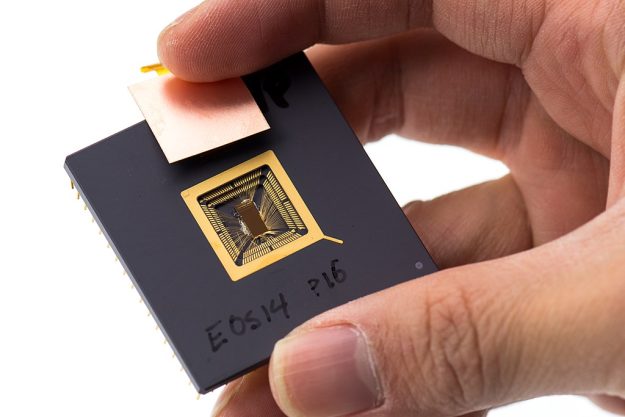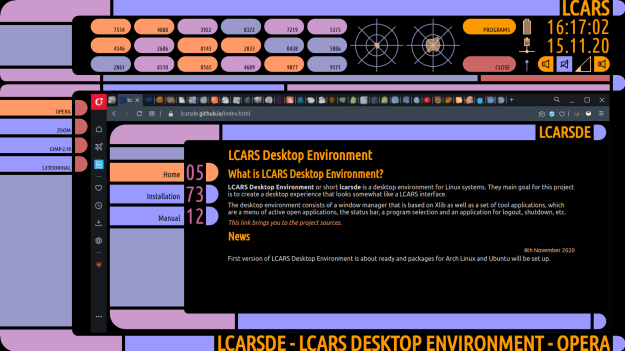How closely did you follow the news about Linux and free and open source software this week? You can get an idea about how well informed you are (and have some fun in the process) by taking our weekly FOSS News Quiz.
FOSS Force
Despite largely being taken over to profit big tech companies, open source continues to be a positive influence in areas that matter.
FOSS Force has learned that Peter Eckersley, who among other things was a founder of Let’s Encrypt, has died. He was 43 years old.
How closely did you follow the news about Linux and free and open source software this week? You can get an idea about how well…
How closely did you follow the news about Linux and free and open source software this week? You can get an idea about how well informed you are (and have some fun in the process) by taking our weekly Open Source News Quiz.
In case you haven't noticed, FOSS Force now has an events calendar, and we want it to be the most complete open source events calendar you'll find anywhere! Here's how you can help.
How closely did you follow the news about Linux and free and open source software this week? You can get an idea about how well informed you are (and have some fun in the process) by taking our weekly Open Source News Quiz. Once you're done, scroll down to the comments section and let us know how you did!
The last year or so was already a wild ride for the open source instruction set architecture RISC-V, then Intel stepped in, took a top tier membership, a seat on the board, pledged to spend a billion dollars on the architecture, and began partnering with key RISC-V vendors.
We wonder what the crew from the Enterprise would think of 21st century Earthlings giving up Gnome, KDE, or Xfice for the official desktop environment of Star Fleet.
How closely did you follow the news about Linux and free and open source software this week? You can get an idea about how well informed you are (and have some fun in the process) by taking our Open Source News Quiz.






